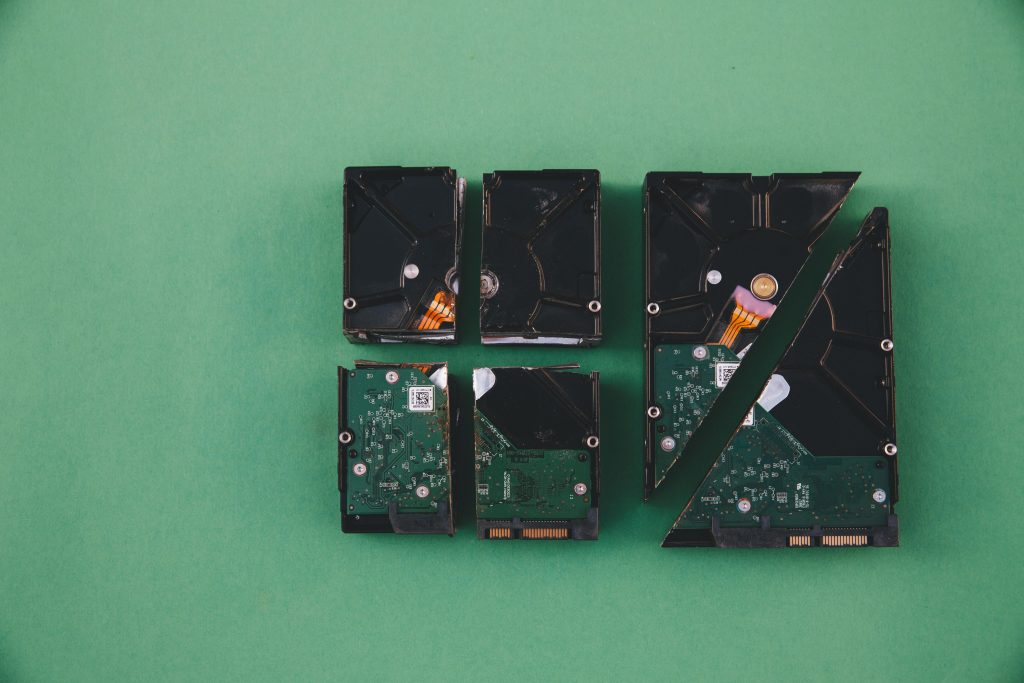Title: Troubleshooting a Yellow Screen Issue on Your Computer: What to Do When Your Display Malfunctions
Introduction
Dealing with a computer malfunction can be incredibly frustrating, especially when your screen displays something unusual and unresponsive. If you’ve recently encountered an issue where your computer screen is showing a yellow tint, and you find that the mouse and keyboard have become unresponsive, you’re not alone. In this post, we’ll explore potential causes and offer solutions to help you resolve this issue quickly.
Understanding the Yellow Screen Display
A yellow tint on your computer screen can be caused by various issues, ranging from software malfunctions to hardware problems. Here are some common factors that may lead to this type of display issue:
-
Software Glitch: Sometimes, system updates or driver conflicts can cause your display to behave oddly. If this is a recent issue that started after an update, it’s possible that the driver needs reinstallation or adjustment.
-
Connection Issues: Loose or damaged video cables can also result in color distortion. If you haven’t done so already, check the connection between your monitor and computer.
-
Hardware Failures: In more serious cases, the graphics card or the monitor itself may have underlying problems that need attention.
Immediate Troubleshooting Steps
If you find yourself stuck with a yellow screen and non-functional controls, consider the following steps:
-
Force Restart Your Computer: Press and hold the power button until your device shuts down. After a few seconds, turn it back on to see if the issue persists.
-
Check Connections: Make sure all cables connecting your monitor and computer are securely plugged in. If you have access to a different monitor or cable, try swapping them out to eliminate connection issues.
-
Boot in Safe Mode: If your system allows it, boot into Safe Mode. This can help determine if the problem is with software or drivers since only essential programs load in this mode.
-
Update Graphics Drivers: Once you’re back in normal mode, check for updates to your graphics drivers, as outdated or corrupted drivers can often cause display issues.
-
Seek Professional Help: If the problem persists after trying these steps, it may be time to consult with a professional technician or the manufacturer’s customer support.
Conclusion
Experiencing a yellow screen and unresponsive computer can be disconcerting, but with the right steps, you can often resolve these issues on your own. By
Share this content:



